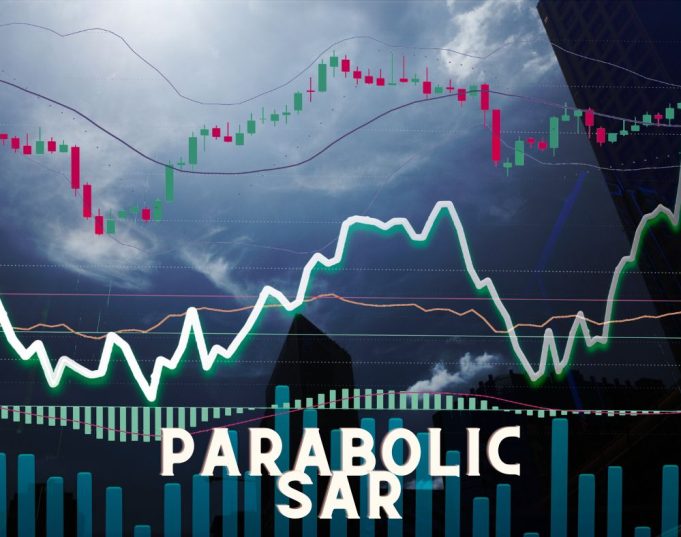Parabolic SAR (Stop and Reverse) is a technical analysis indicator developed by J. W. Wilder Jr. in the late 1970s and presented in his book New Concepts in Technical Trading Systems. It is typically used as a way to identify market trends and points of reversal, and consequently may increase the chance of successful buying and selling opportunities. As such, Parabolic SAR is a popular tool among traders and investors.
Parabolic SAR consists of dots that are plotted either above or below price points depending on the trend direction. For example, dots will be placed below the price in an uptrend, and above in a downtrend. During periods of consolidation, the dots will change sides more frequently. This makes this indicator less reliable during non-trending markets.
Parabolic SAR also offers numerous benefits to investors. Firstly, the indicator can provide insight into the direction and duration of a trend, as well as potential points of reversal. By monitoring these points, investors can take advantage of buying and selling opportunities. Secondly, traders may use the indicator to determine dynamic stop-loss prices (trailing stops) which will follow the trend and close the trade when it reverses. This allows traders to lock any potential profits and prevent them from entering too early or leaving profitable trades too soon.
Nonetheless, the indicator is not without its limitations. Firstly, during periods of consolidation, or when prices change rapidly, Parabolic SAR is more likely to provide false signals, which can result in losses. Too high sensitivity of the indicator can also increase the risk of false signals. Secondly, the indicator does not consider trading volume and therefore gives little to no insight into the strength of a trend. Finally, the Parabolic SAR indicator could give investors a false sense of optimism, inducing them into buying too early.
In order to get the most from Parabolic SAR, Wilder recommends to combine the Parabolic SAR indicator with other strategies and indicators such as Average Directional Index, Moving Averages and Relative Strength Index. This will help to minimize the risk of identifying false signals.
Parabolic SAR is based on existing market data and is relatively easy to use. It is already programmed into most digital trading systems and charting software and therefore doesn’t require manual calculations. For those interested in how the indicator works, here is a short explanation. The SAR points are calculated based on the previous high or low (Extreme Points, EP), depending on the current market trend. During an uptrend the SAR value is calculated as Prior SAR + acceleration factor x (Prior EP – Prior SAR). And during a downtrend it is calculated as Prior SAR – acceleration factor x (Prior SAR – Prior EP). The acceleration factor starts at 0.02 and increases by 0.02 every time the price forms a new high (in an uptrend) or a new low (in a downtrend). The limit for the acceleration factor is set at 0.20 and this value is retained until the trend reverses.
Parabolic SAR is a popular tool and remains relevant despite being developed in the 1970s. It can be used with today’s investment alternatives including Forex, commodities, stocks, and cryptocurrency markets. However, investors need to have proper trading and risk management strategies in order to minimize the risk and make the most out of the indicator.













